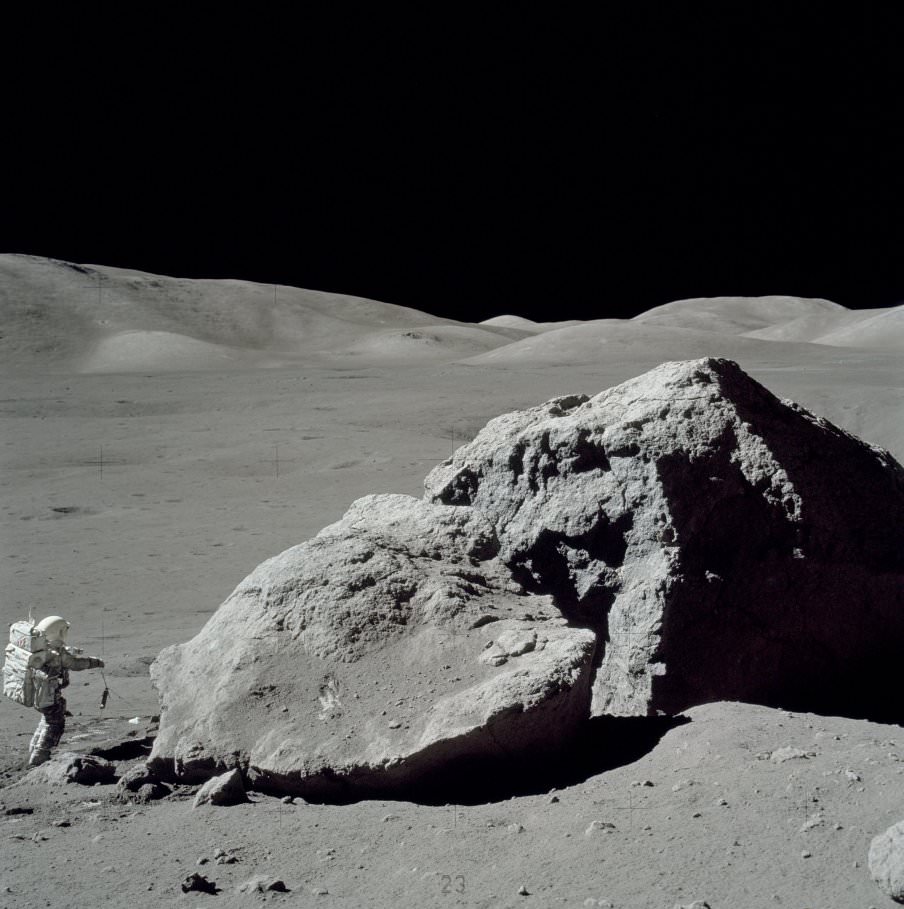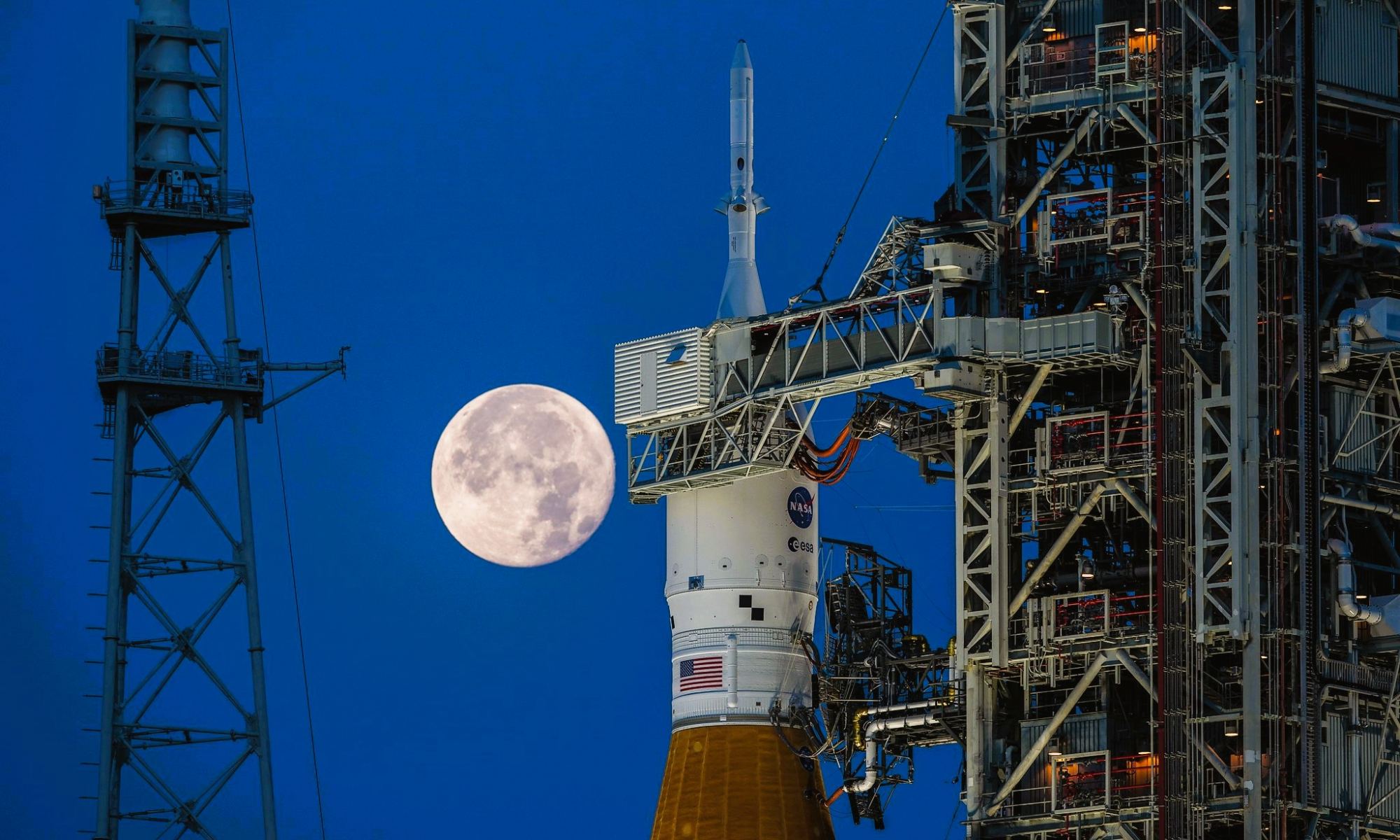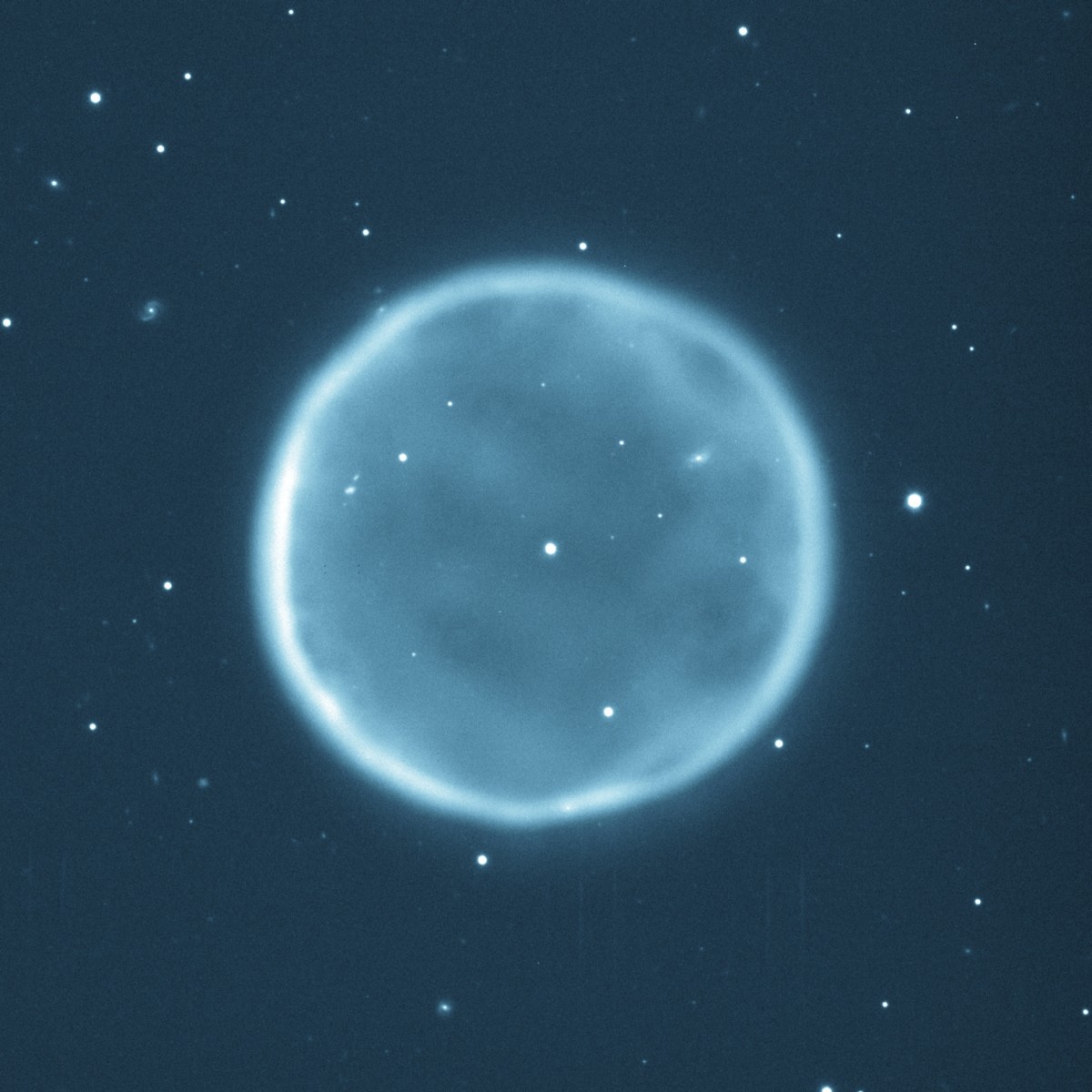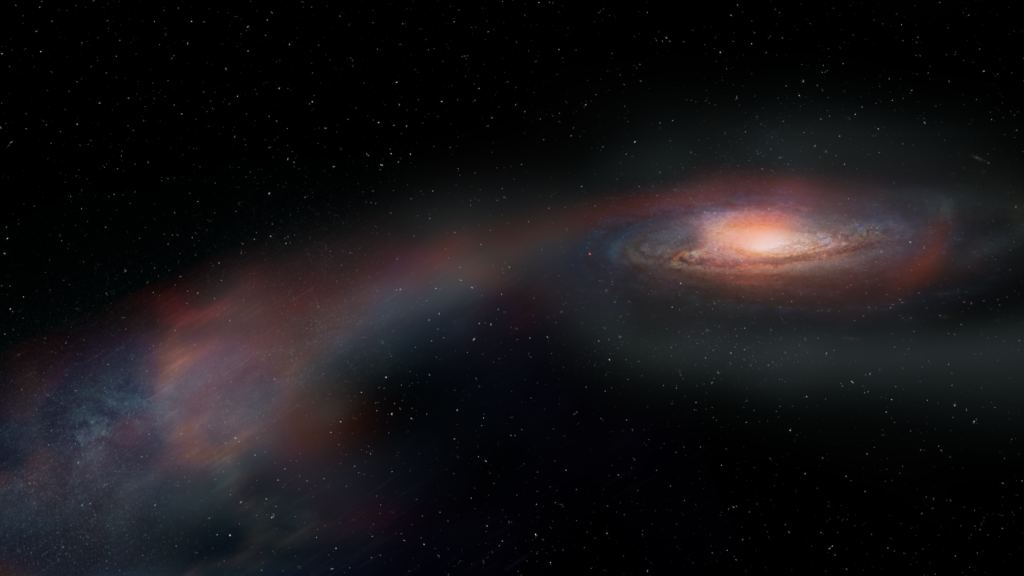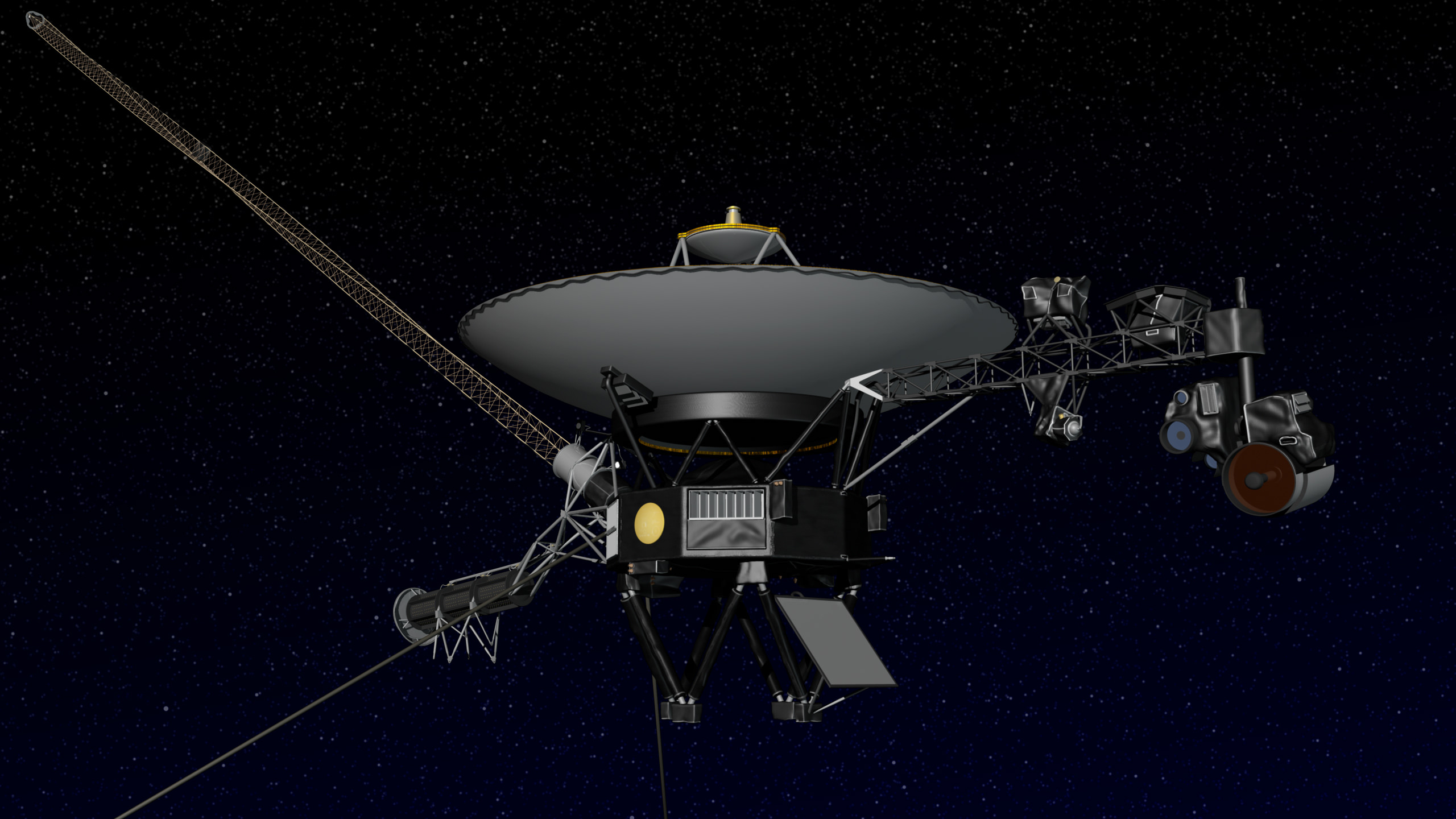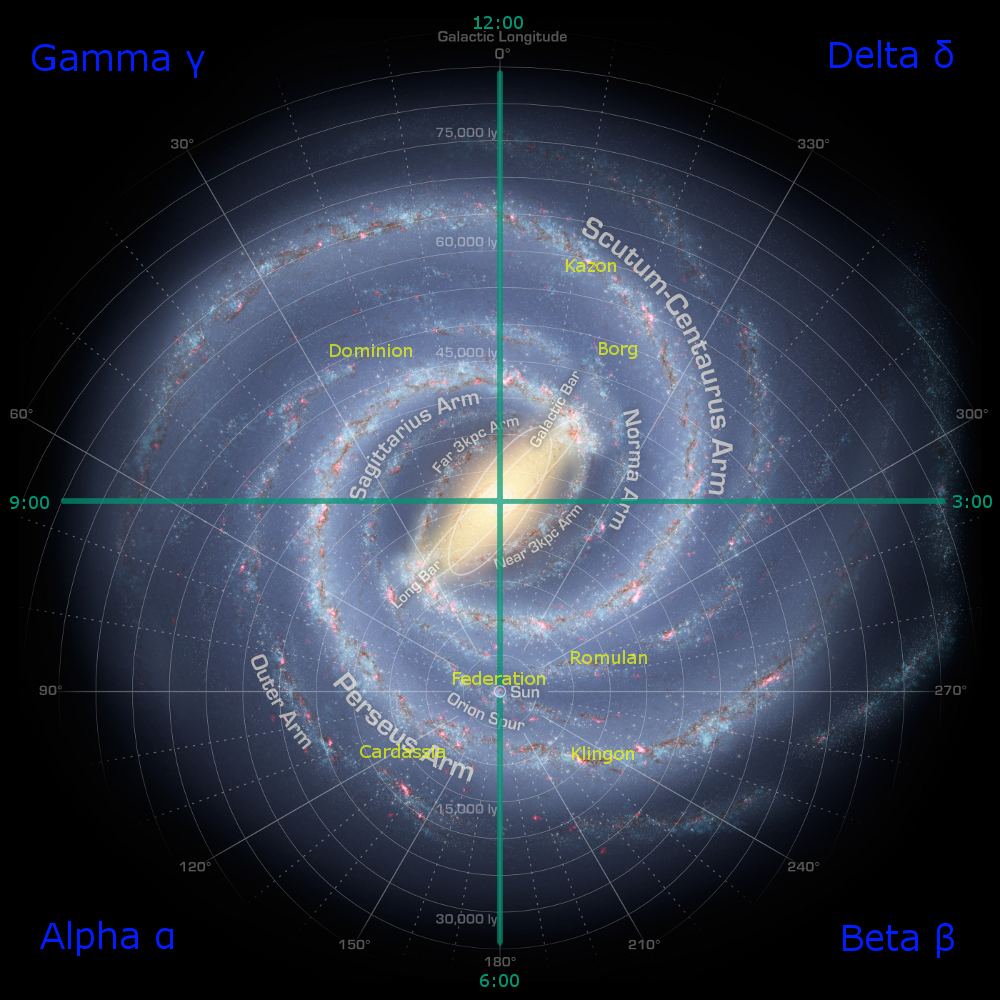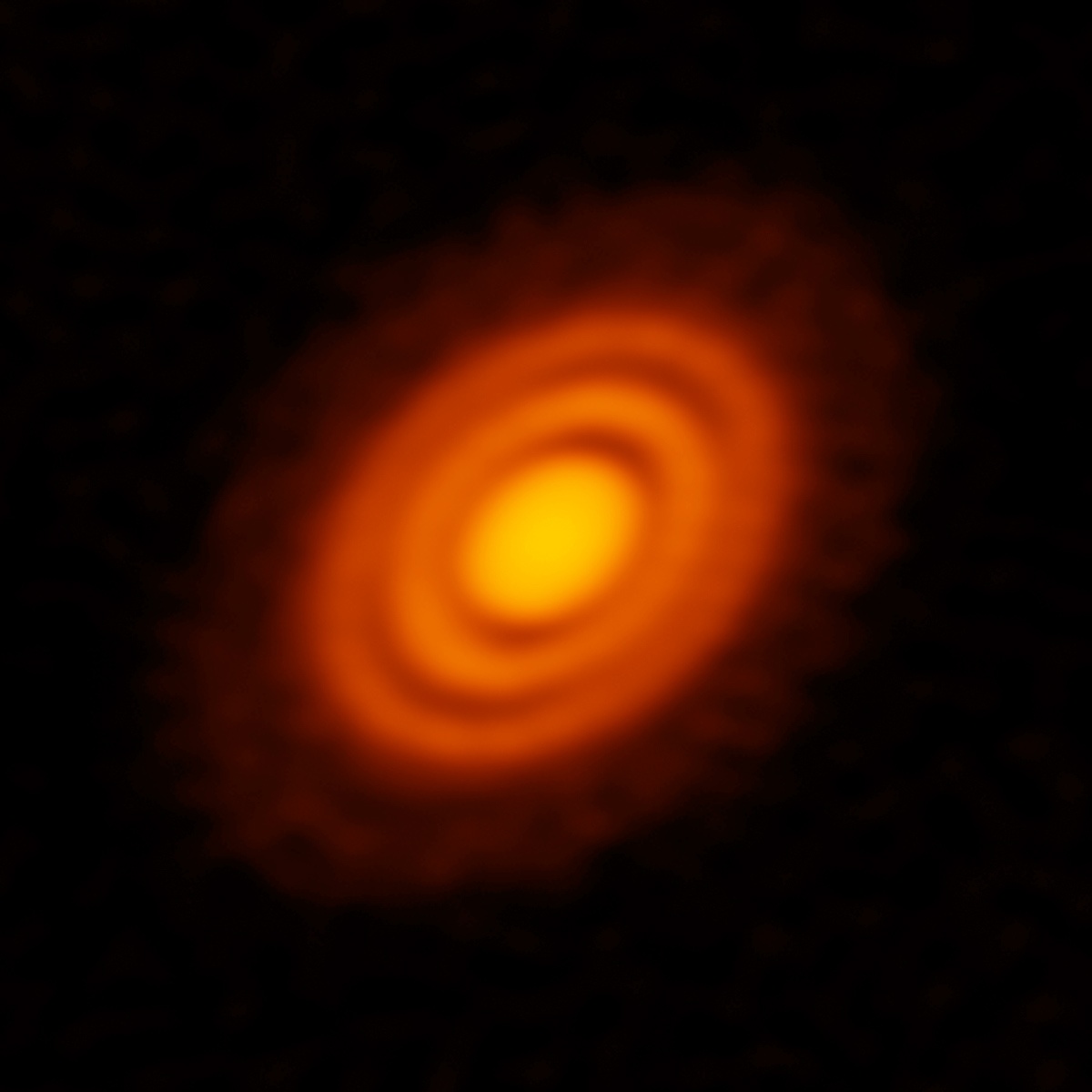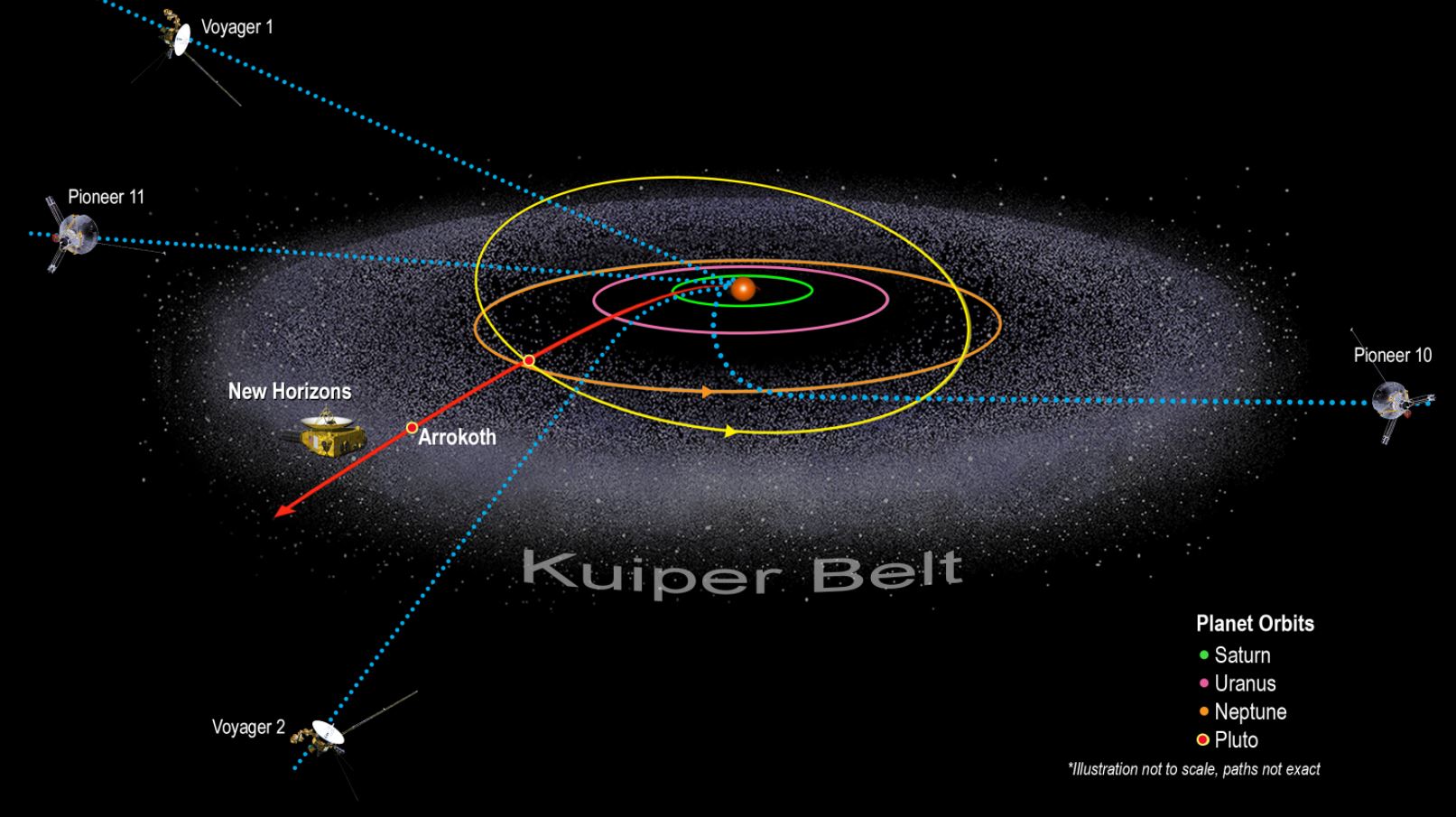In 1982, author James Michener published his sprawling Space Race novel, Space. In it, he describes a fictional Apollo 18 mission to the Moon. While the astronauts are on the surface, the Sun unleashes a huge storm, trapping them outside of their protective capsule. The two men get blasted by lethal amounts of radiation before they can get to safety.
Continue reading “What’s Being Done to Protect Astronauts From Radiation in Deep Space?”What’s Being Done to Protect Astronauts From Radiation in Deep Space?
